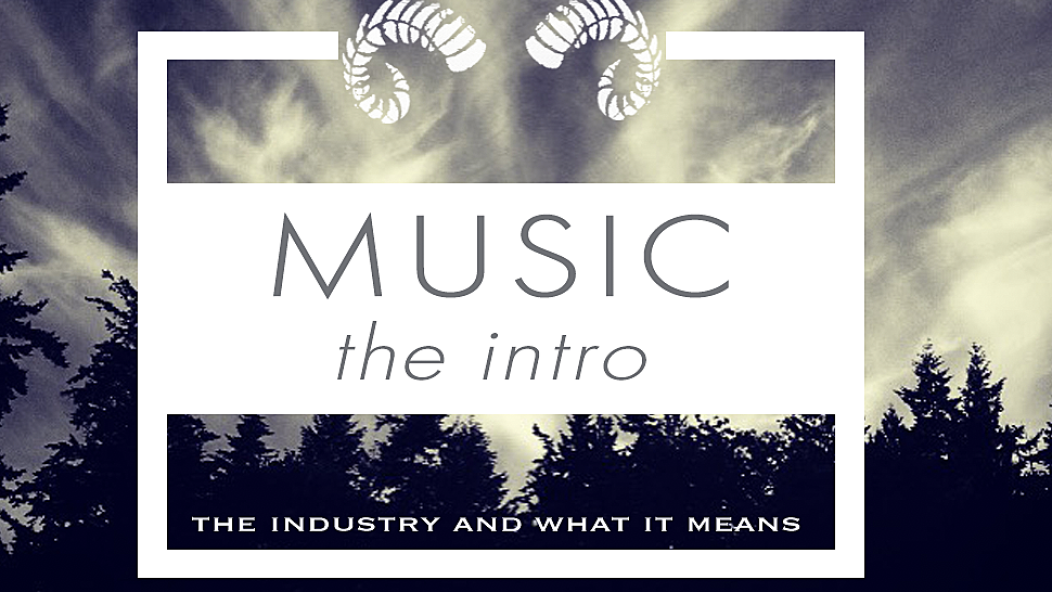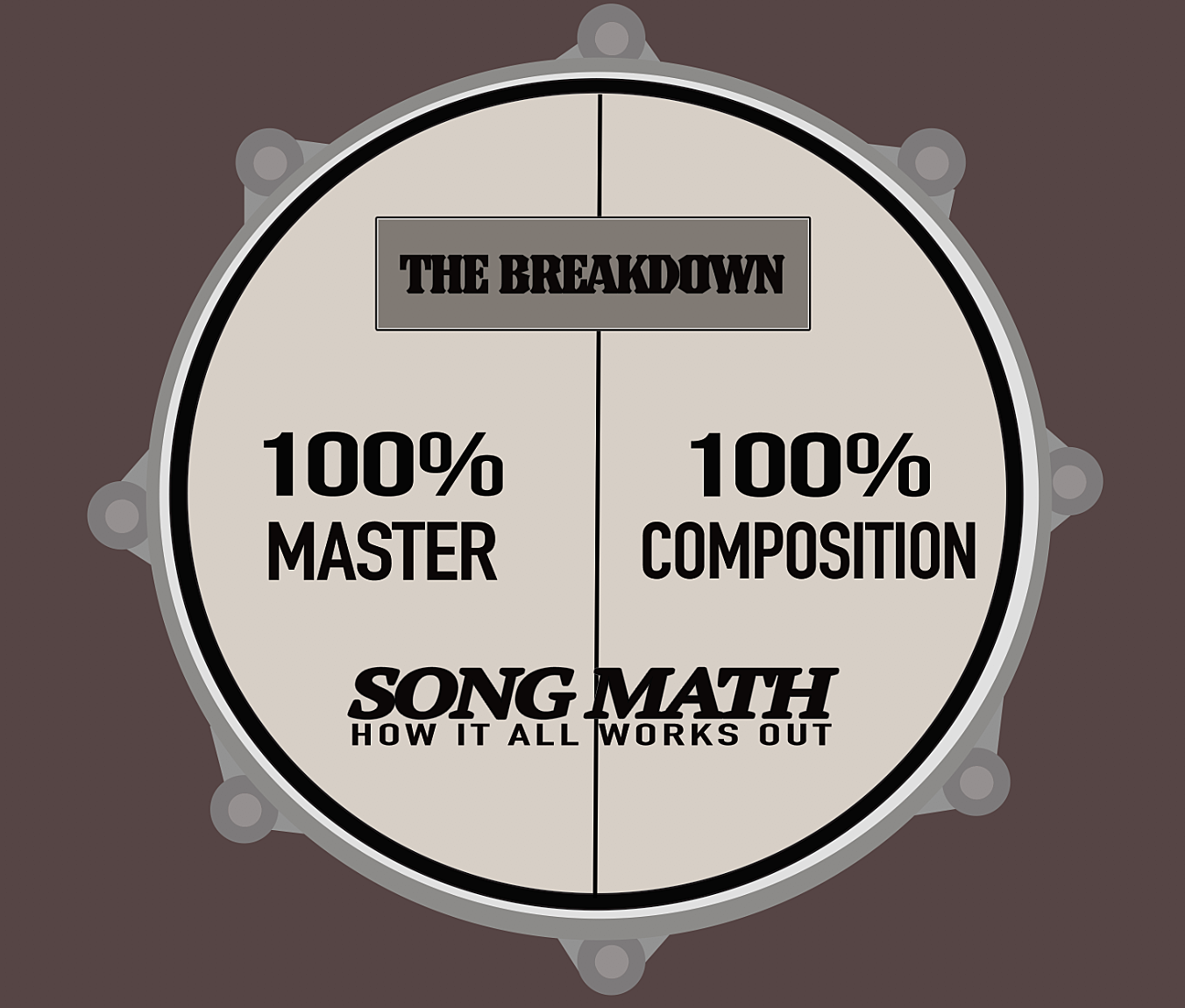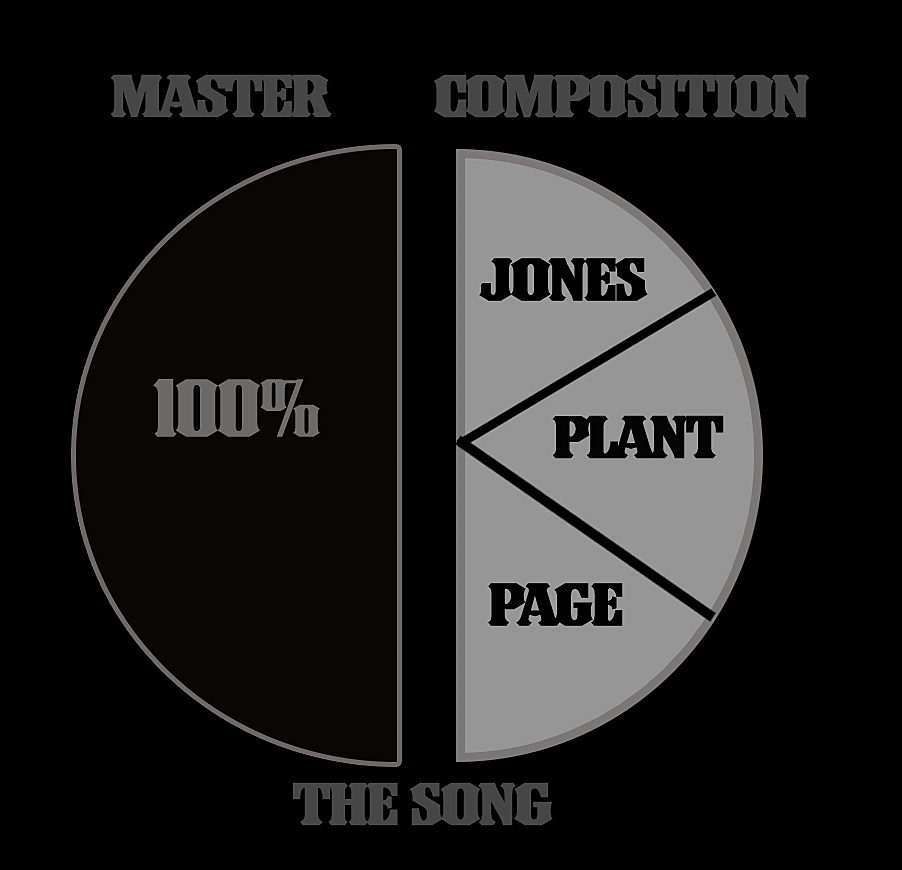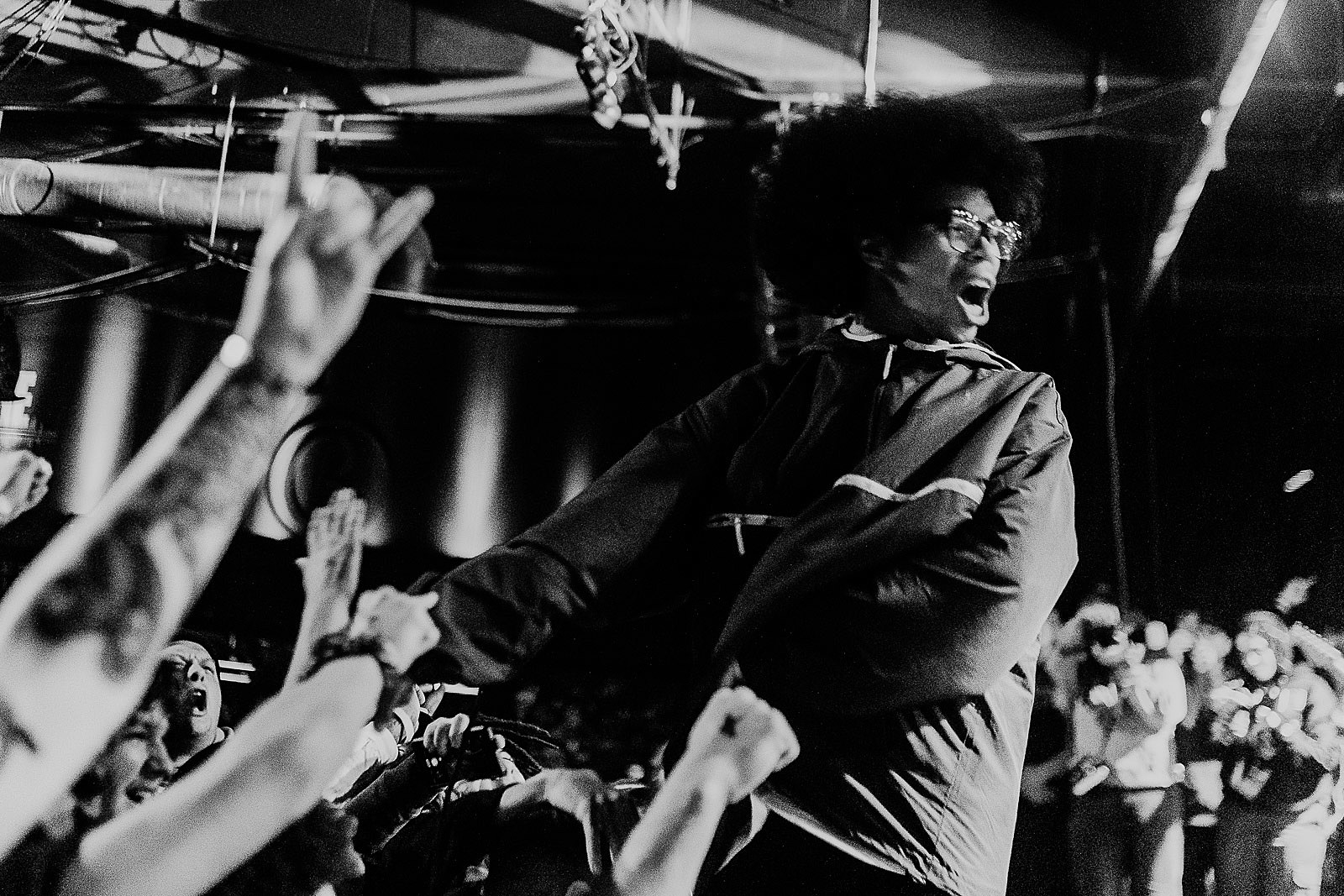
Intro: Music, the Industry and What it Means
…
Sex, drugs, and rock n’ roll. All you need to know about the music business, right? wrong. This is the very thing so many hopeful, starry eyed, youngsters that dive into the extremely dirty music industry pool soon come to realize (after the sudden realization they need a tetanus shot). With only the glamorous jobs being promoted and highlighted all over everyone’s social media feed, it makes sense that no one would really think anything more of the ‘biz’. Hate to break it to you, but it’s a business much like any other, full of metadata, accounting and legalities that can bore the liveliest person to tears.
Thanks to the rise in home recording software, everyone thinks they have a shot at becoming the next great recording artist, but few actually take the time to study music law. I currently work with artists, management and labels on a professional basis. There are days that make me want to walk into the woods, run into a black metal band taking photos, and never come back. It baffles me to no end that some artists do not know the first thing abut the ins and outs of making money in music. “This is how you want to make your livelihood, right?!” I scream in my mind before I bash my head into my keyboard in time with Dave Lombardo’s double bass.
Because of this I have decided to write this basic Music Law 101 guide explaining publishing rights, master rights, and royalty distribution. My gift to all the baby bands who are looking to take this business by the horns… and balls.
In the context of music law, songs have a new identity. No longer does verse, chorus, verse, chorus, hold true; now percentages and sections come into play. There are two sections that constitute the entire song in its legal form. They hold different sets of rights and have different sets of rules. For example, if you are looking to cover a song, you will need to clear it from one section, and if you are looking to place the song in a movie or commercial, you will need to clear from both sides. These two sides that constitute a song recording are the master and the composition.
Master and composition make the math of music law tricky. Imagine you have one whole pie, and you cut it down the middle. In music law, each piece of that pie is worth 100%. Together, the two pieces constitute a pie worth 200%. That is how song math works.
…

…
Master
The first section that you will need to know about is the master (Master. Where’s those dreams that I’ve been after…). The master is the actual sound recording; it’s that song that you have listened to 5 times just this morning because it’s just so damn good. That particular recording of the song is owned by the entity that financed the recording. In the majority of instances this is the record label. The current trend is shifting to self-released recordings because many bands do not want to be tethered to a recording contract. Whoever owns the master (usually whoever financed the recording) can assign the rights to the ownership of the master to another entity, but again that’s a different issue which we can touch base on at another time.
Composition
The second section of the song is the composition. The rights to the composition is controlled by the artists who have composed the song. The composition is not split up by who wrote the lyrics and who wrote the melody. The share of proceeds owing earned by that composition is split up between the writers by percentage. For example, if you and your bandmates wrote a song and there are five members in the band, proceeds from the composition will be split 20% across the board. That’s if you want to give everyone an equal share… if you are “that guy”, different math may apply to your situation. This information will be tracked through metadata which contains ISRC, UPC, splits… I know it sounds like a mathcore song, but it’s not half as cool or confusing.
But how does it work in practice?
…
…
I love the song “No Quarter” by Led Zeppelin; Crowbar does as well. Their cover of the song was released on Oct. 12, 1993 on their self-titled release; great choice in my opinion. The sales of the physical/digital album as well as songs (iTunes, Amazon music, etc.) go to Crowbar’s label, Pavement Music. Pavement Music then will distribute royalties to the band since they are the Master Right holders. Yet, now we are now going to use this as our case study of music law in action. Don’t gouge your eyes out yet! I swear this breakdown is not going to be that painful.
…
…
Crowbar was originally released on Pavement Music (as stated earlier). Therefore, Pavement Music owns the actual sound recording of Crowbar killing it on “No Quarter”. Yet, the song was originally composed by John Paul Jones, Jimmy Page, and Robert Plant. Therefore, Jones, Plant, Page’s publisher (who represents their interest in this song) controls monies (royalties) derived from the written aspect of this song. i.e. the composition. All sales from the composition side of any cover of this song will be paid to Jones, Page, and Plant’s publisher, in this case a Warner affiliate. The publisher will collect composition royalties and distribute it to those three members of Led Zeppelin. I do not have any clue on how it is split up between them, sorry! That information would be in the metadata attached to this song which I do not have access too.
…

…
To sum it up, your purchase Crowbar’s cover of “No Quarter” goes to Crowbar and part of it goes to Led Zeppelin’s publishers. Moral of this story: get famous, write awesome songs, get awesome people to cover said awesome song, and live like a hermit in your compound.
-Emily McCafferty
…










